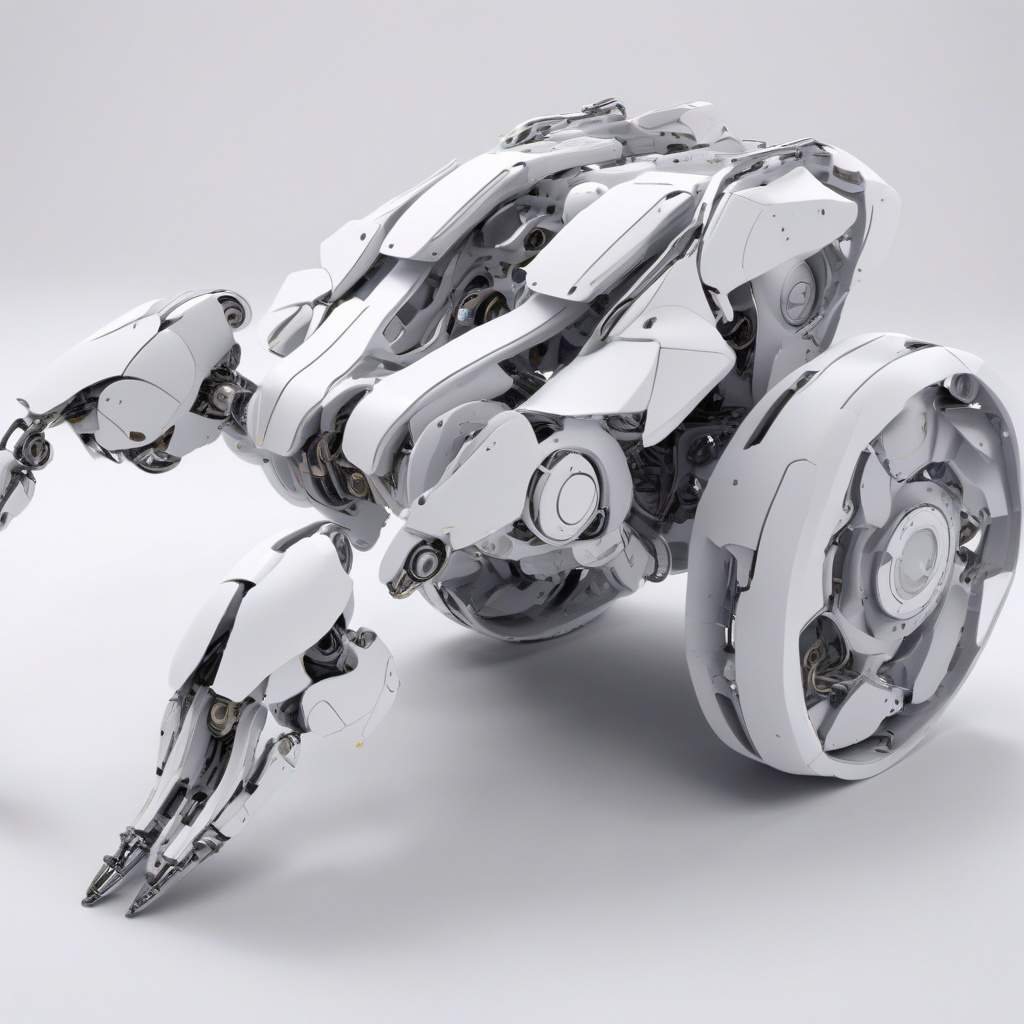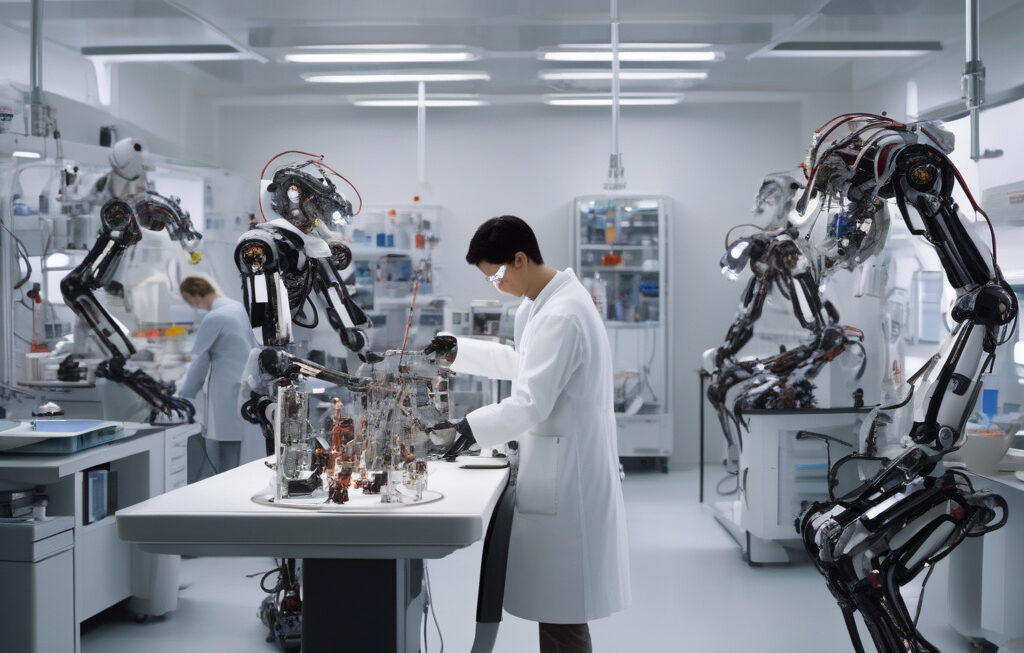Shape-Shifting Robotic Sheet Crawls, Folds, and Grips with Zero Mechanical Hinges
In a major leap for adaptive robotics, researchers at the Korea Advanced Institute of Science and Technology (KAIST) have developed a groundbreaking technology that brings us closer to the realm of shape-shifting robots. This innovation is not just about mimicking the fluid movements of living organisms, but also about doing so without relying on traditional mechanical hinges.
The new robotic sheet is capable of crawling, folding, and gripping objects with remarkable dexterity and agility. What sets this technology apart is its ability to morph its shape without the need for conventional joints or hinges. This breakthrough opens up a world of possibilities for robotics, paving the way for machines that can seamlessly adapt to various tasks and environments.
One of the key advantages of this shape-shifting robotic sheet is its versatility. By eliminating mechanical hinges, the robot becomes more flexible and resilient, able to withstand a wider range of movements and interactions. This means that it can navigate complex terrains, squeeze through tight spaces, and manipulate objects with precision and efficiency.
The implications of this technology are far-reaching. Imagine a search and rescue robot that can crawl through rubble to locate survivors, a medical robot that can navigate through the human body to perform delicate surgeries, or a space exploration robot that can adapt to the challenging conditions of other planets. The possibilities are endless.
But how does this shape-shifting robotic sheet work? At the heart of this innovation are soft pneumatic actuators that control the movement of the robot. These actuators are powered by compressed air, which allows the robot to inflate and deflate different sections of its body, changing its shape and enabling it to perform a wide range of tasks.
To demonstrate the capabilities of this technology, the researchers at KAIST have showcased a variety of applications. From crawling through narrow tubes to folding into origami shapes and gripping objects of different sizes and shapes, the robotic sheet has proven its versatility and adaptability.
This breakthrough not only pushes the boundaries of robotics but also highlights the importance of interdisciplinary research. By combining principles from engineering, materials science, and computer science, the researchers at KAIST have created a technology that has the potential to revolutionize various industries, from healthcare to manufacturing to space exploration.
As we look to the future, it is clear that shape-shifting robots will play a significant role in shaping the world around us. Whether it’s through increasing efficiency in industrial processes, enhancing the capabilities of autonomous vehicles, or assisting in disaster response efforts, these robots have the power to transform how we live and work.
The development of the shape-shifting robotic sheet is a testament to human ingenuity and our relentless pursuit of innovation. As we continue to push the boundaries of what is possible, one thing is certain – the future of robotics is full of exciting possibilities, and shape-shifting robots are just the beginning.
adaptiverobotics, KAISTresearch, shape-shiftingtechnology, roboticsinnovation, futureofautomation












